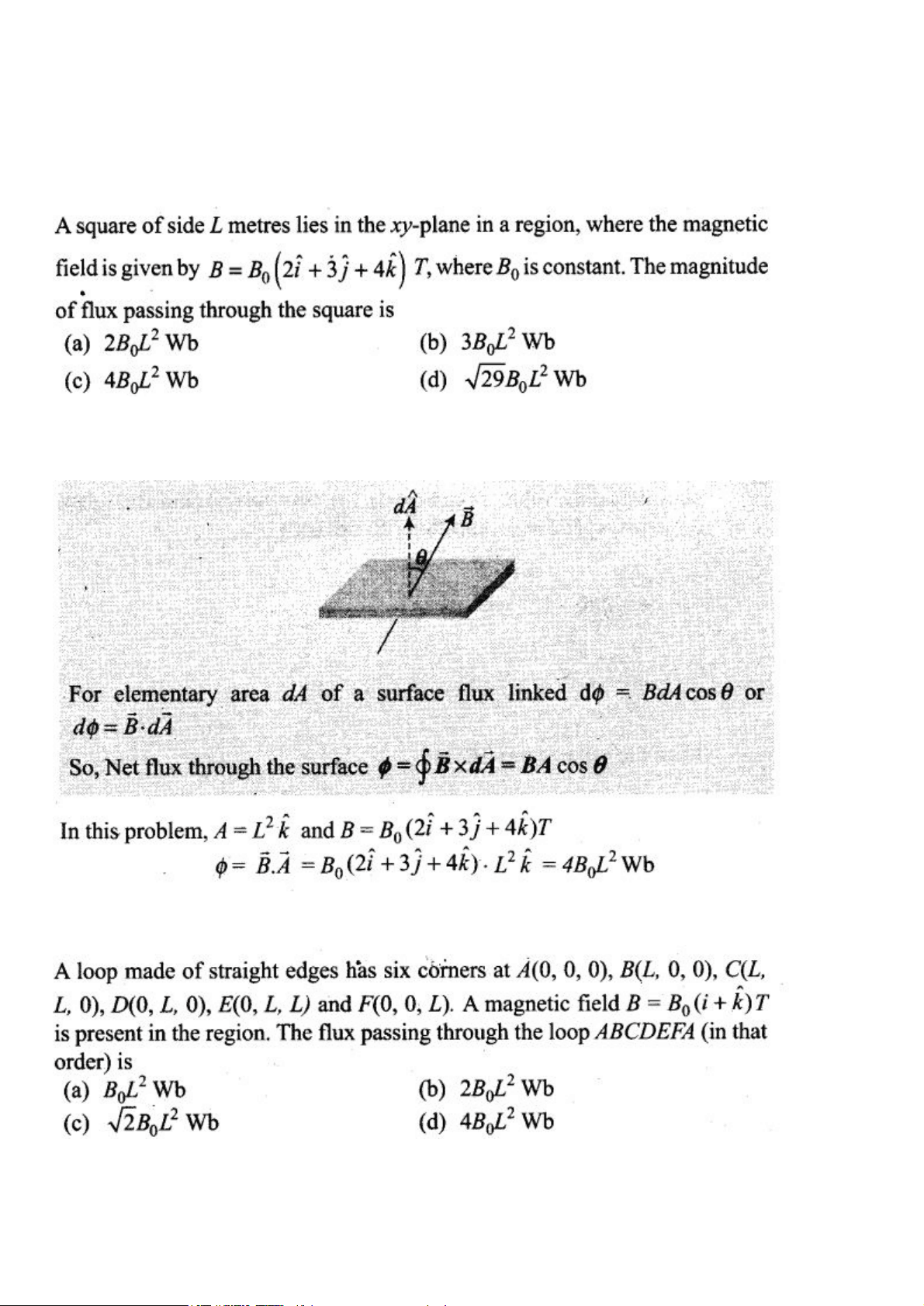
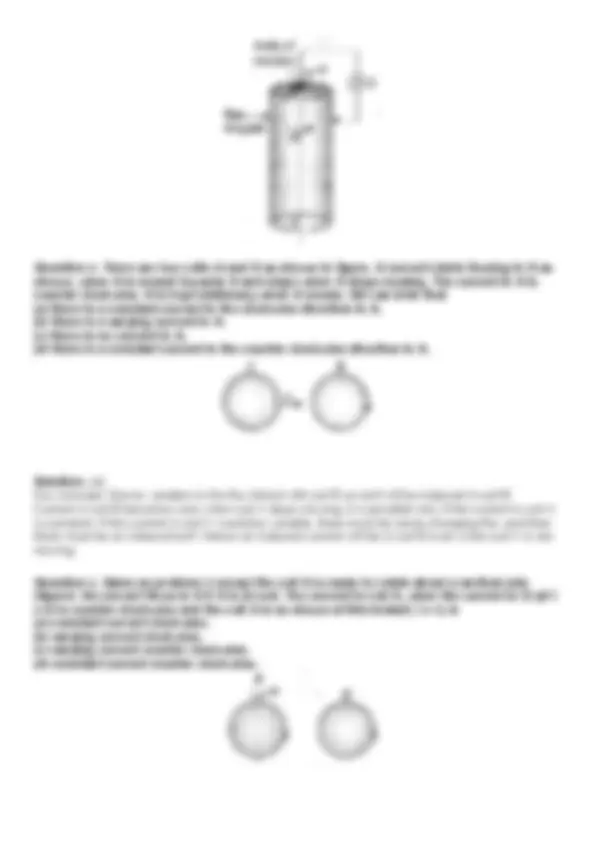
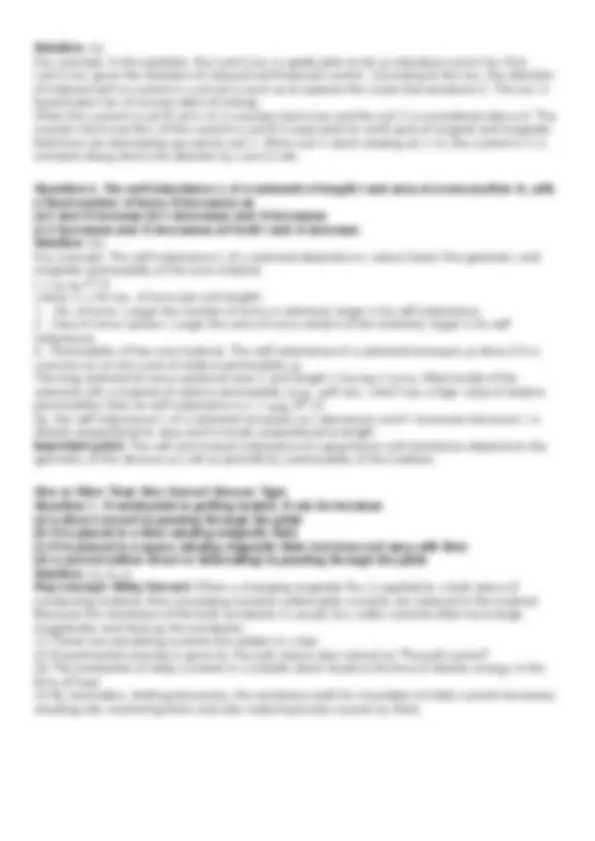
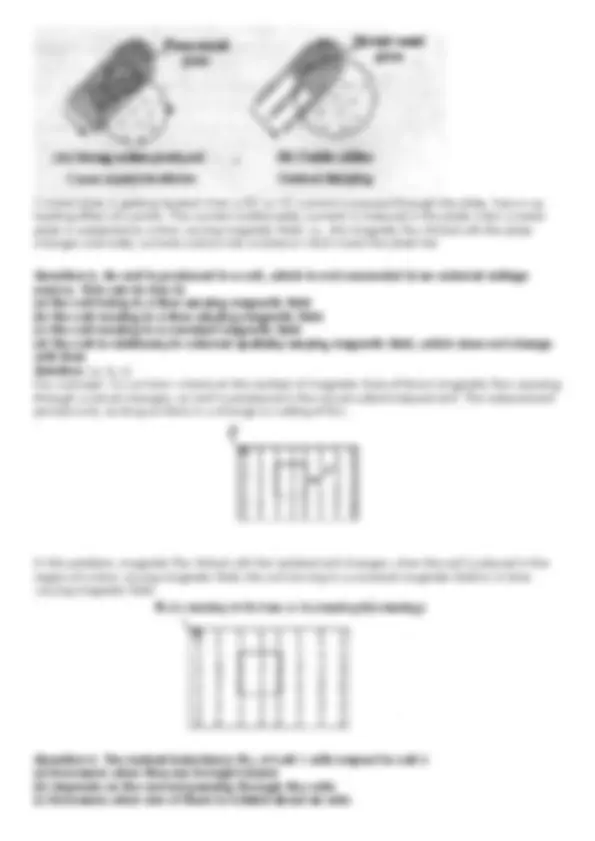
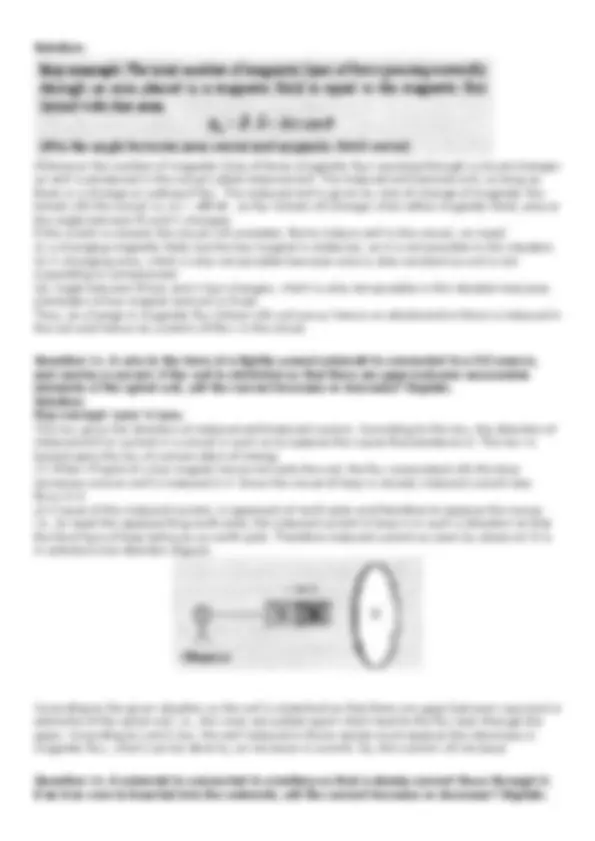
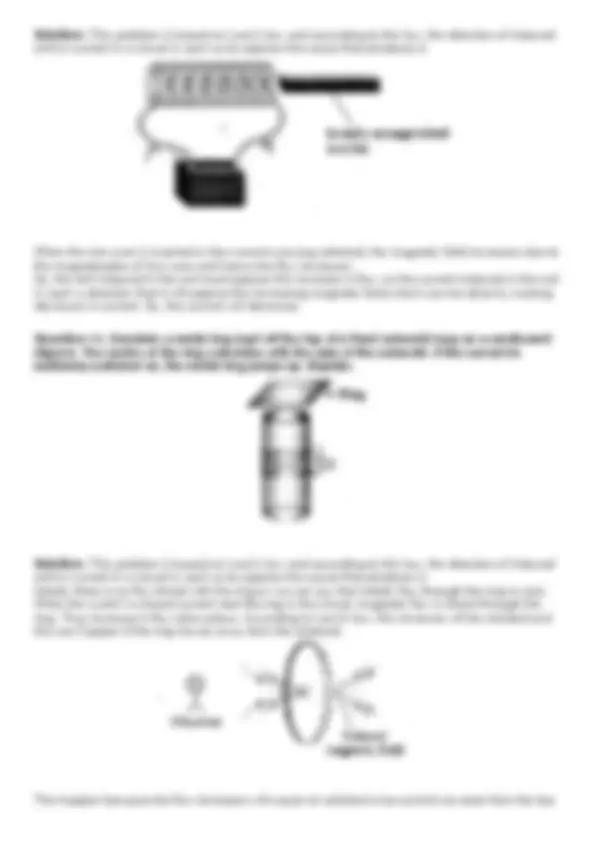
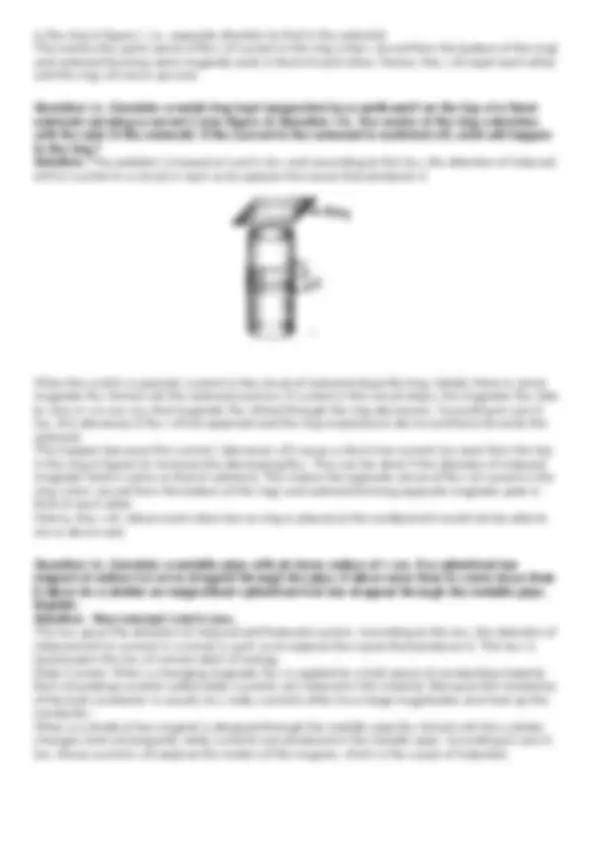
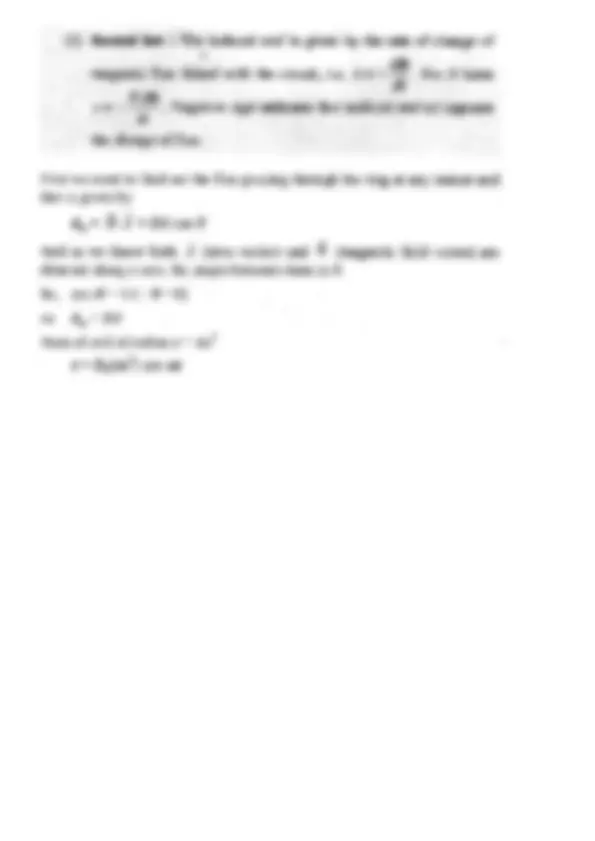
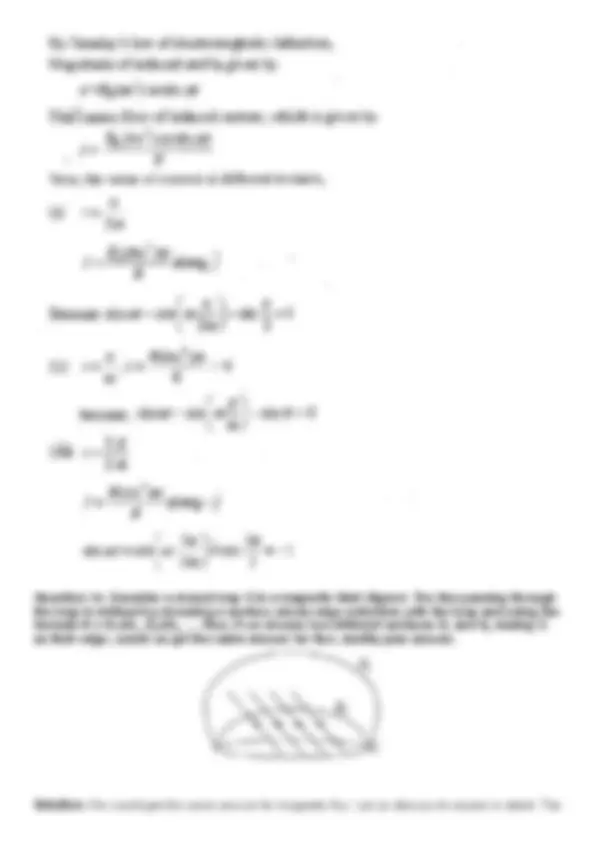
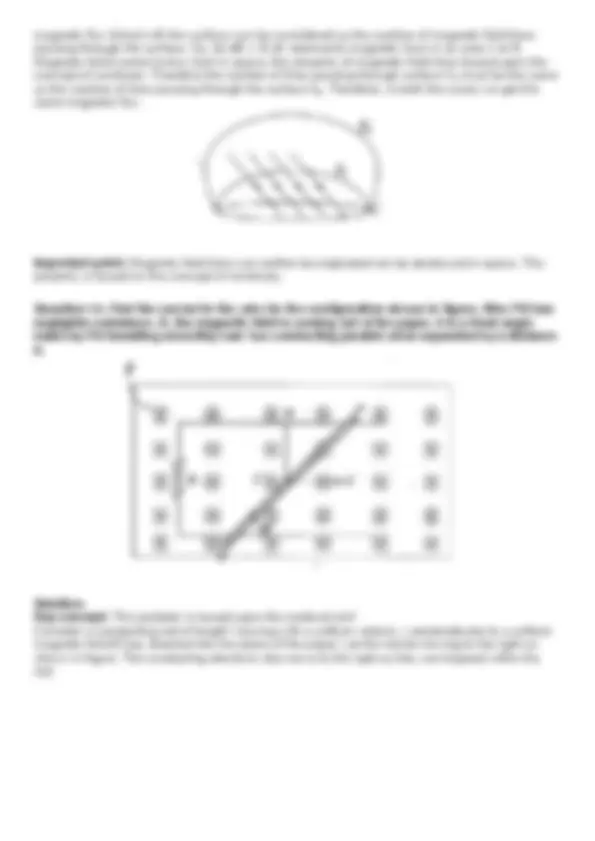
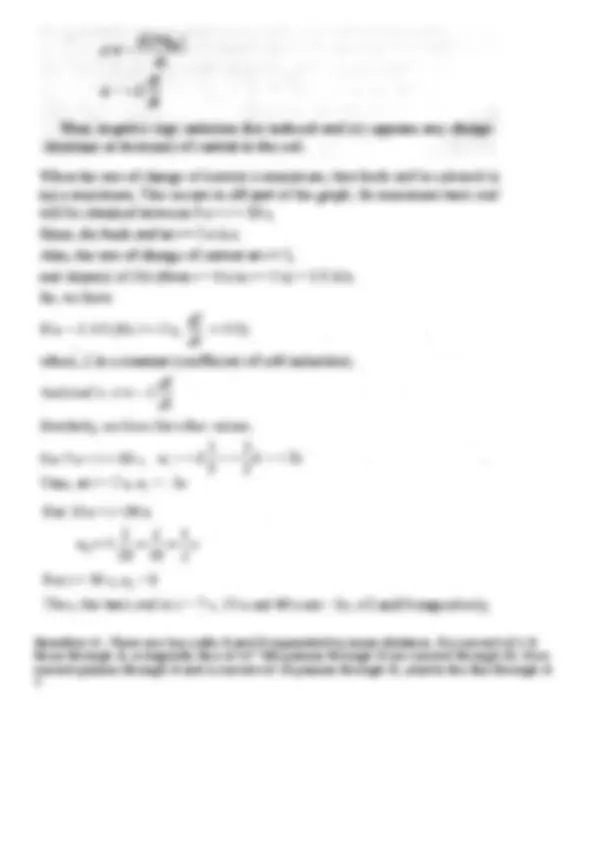
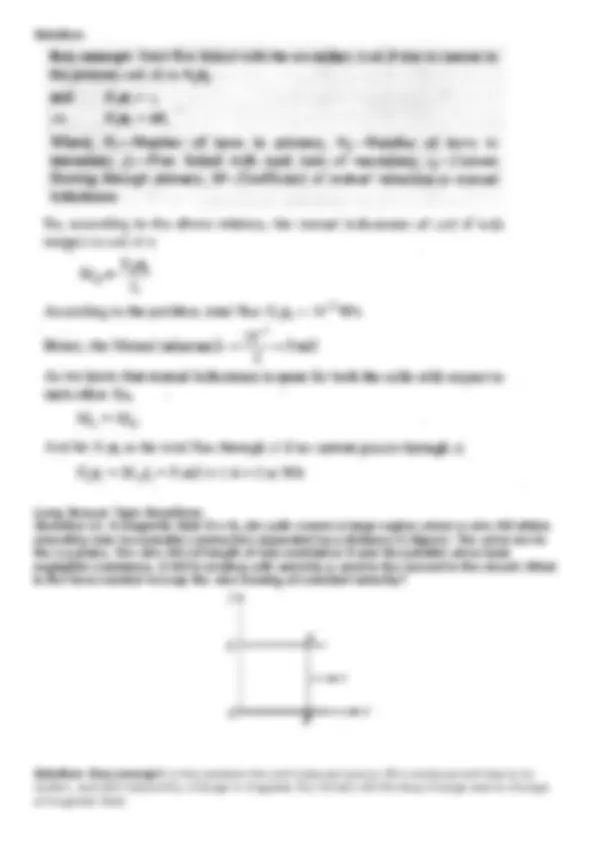
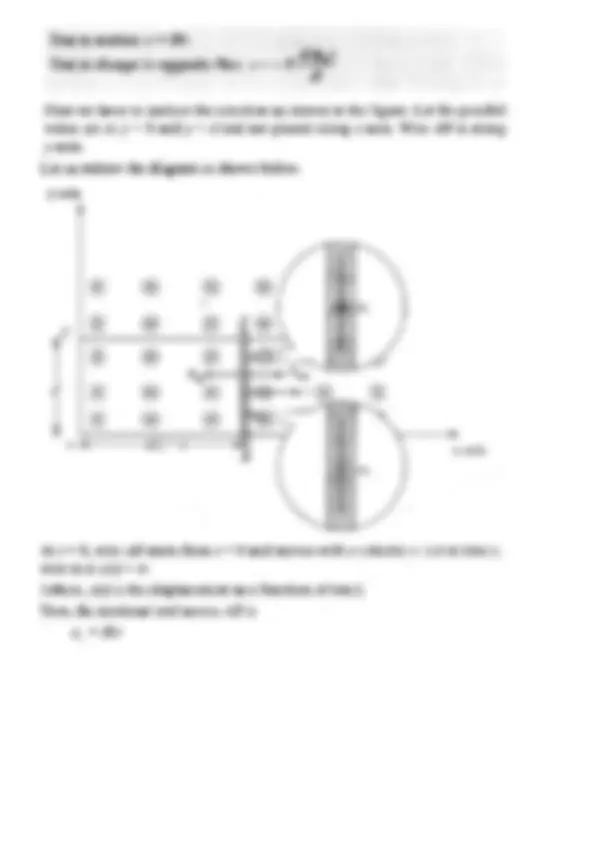
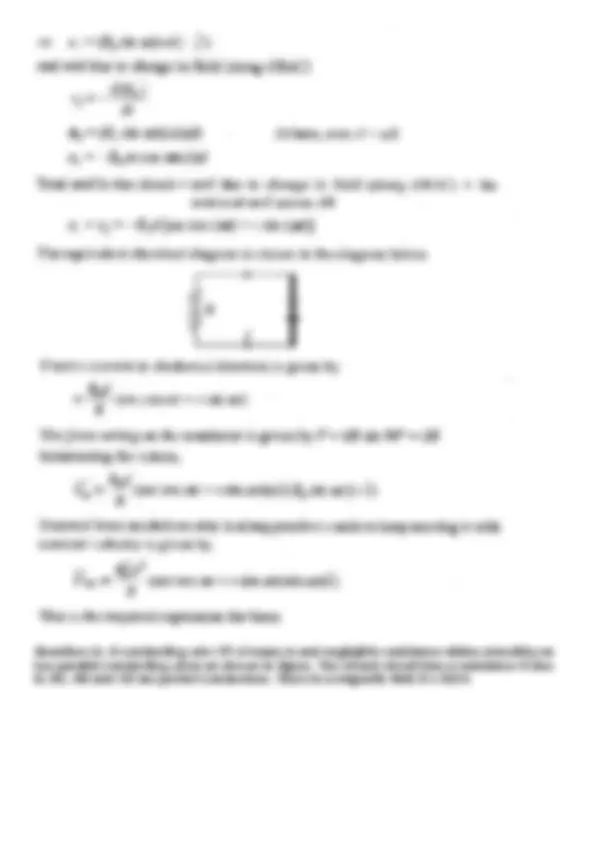
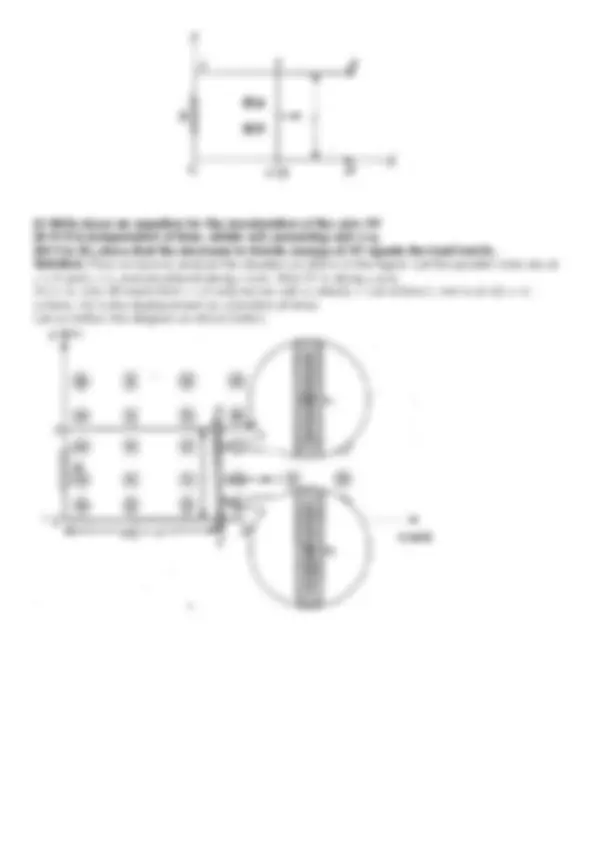
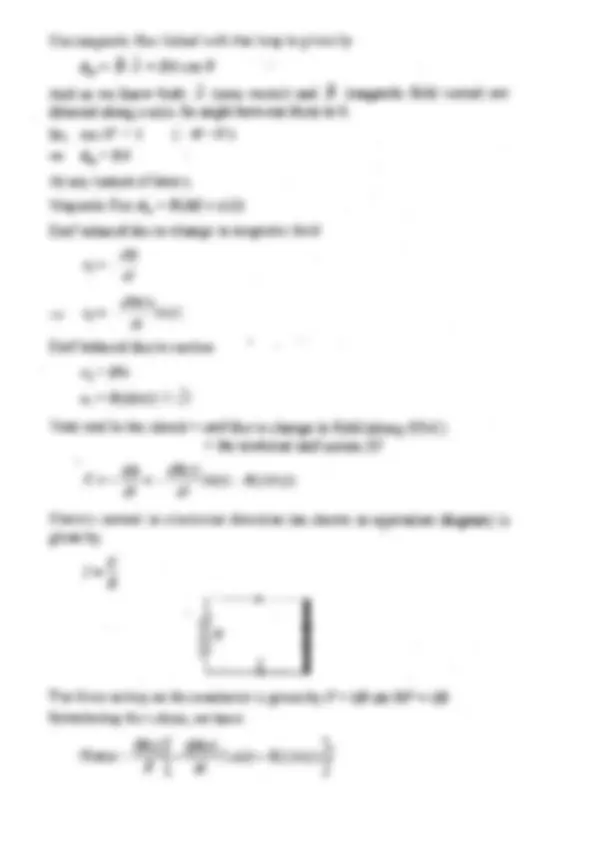
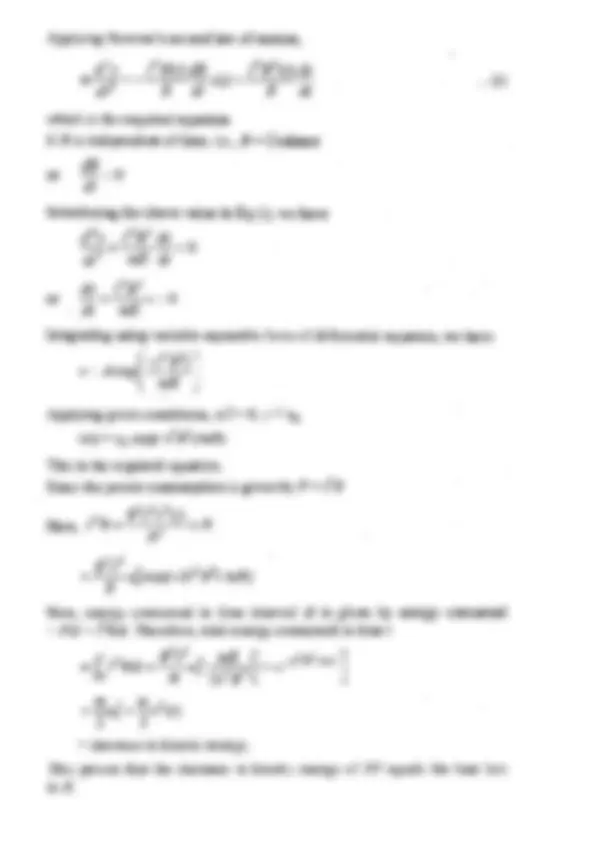
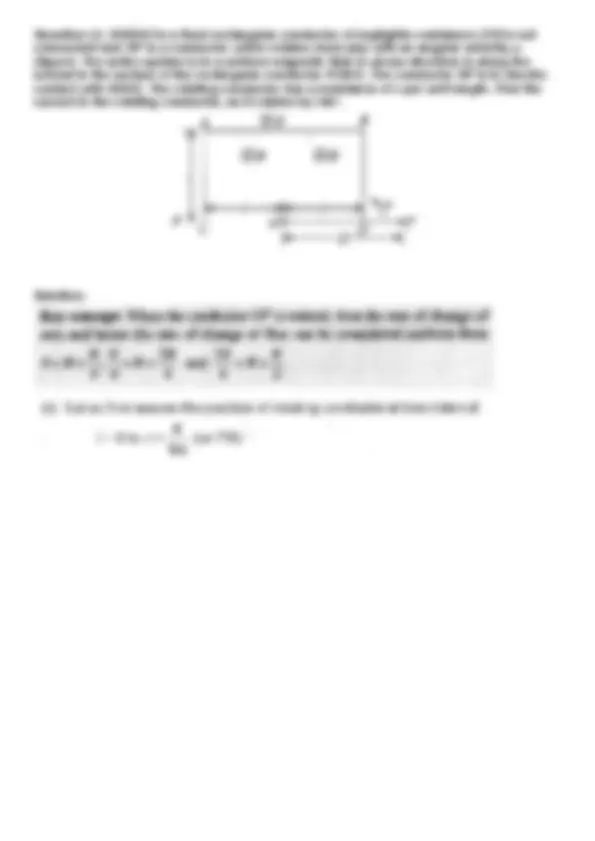
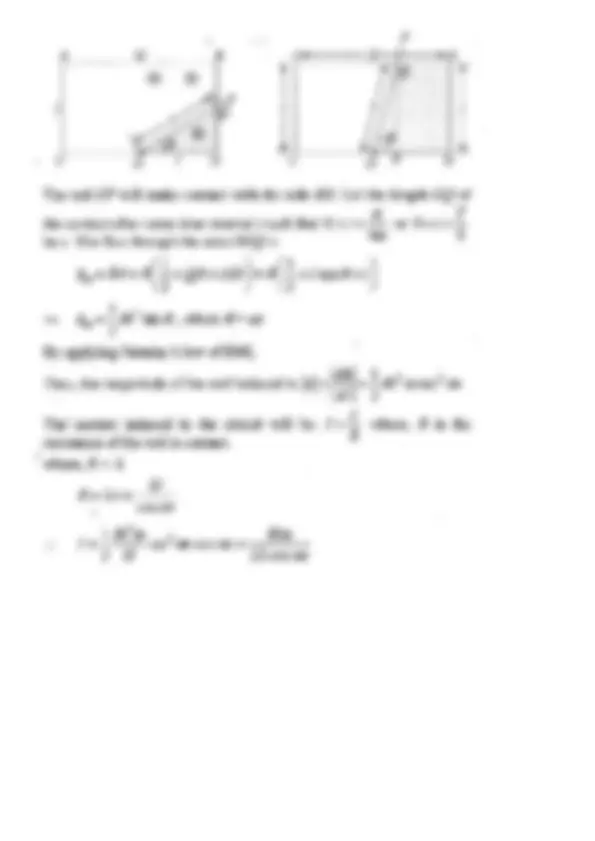
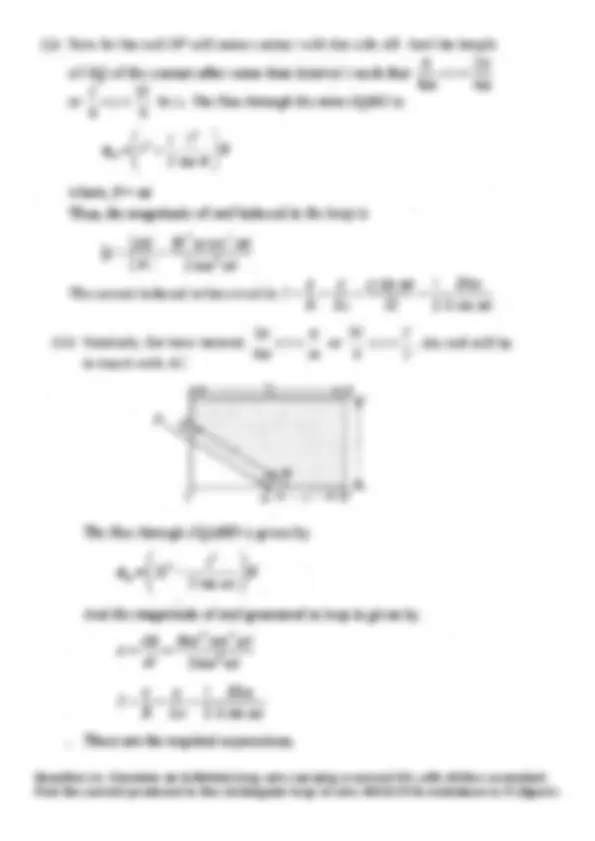
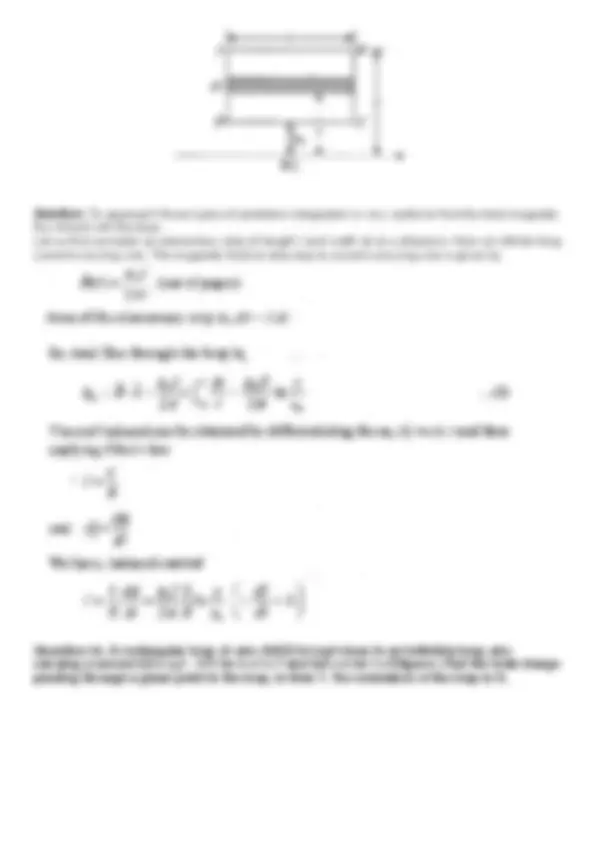
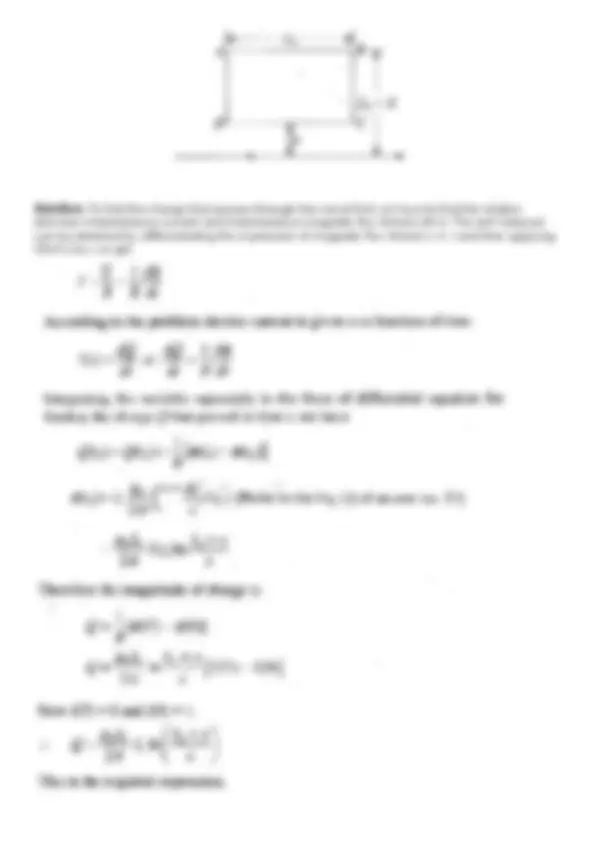

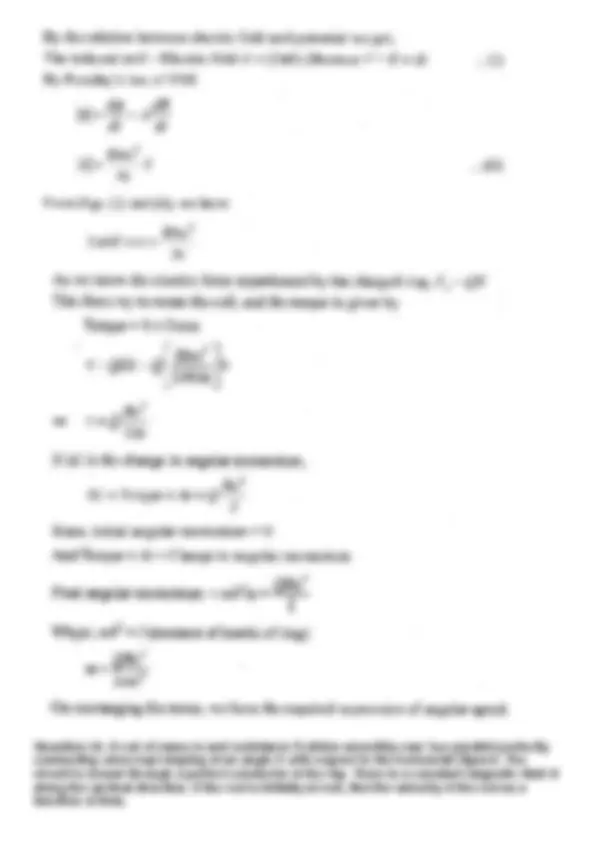
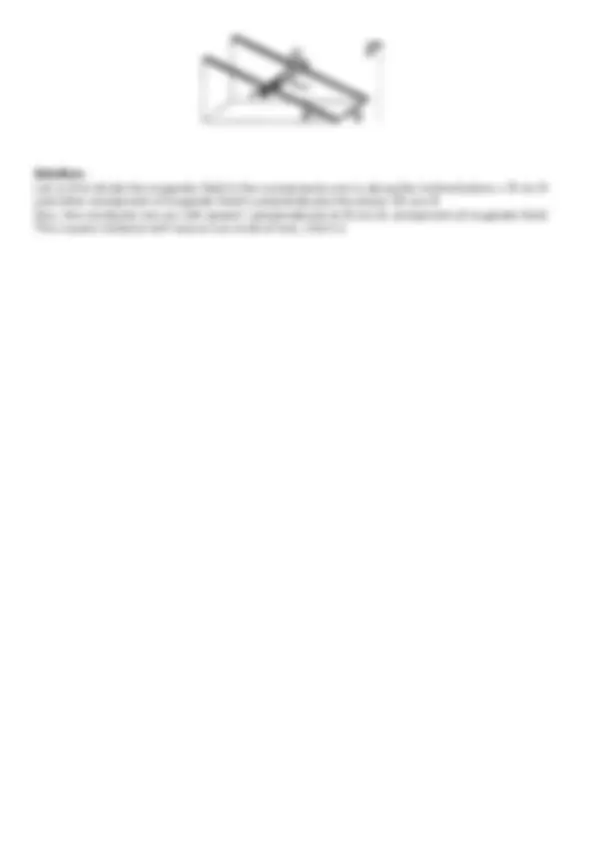
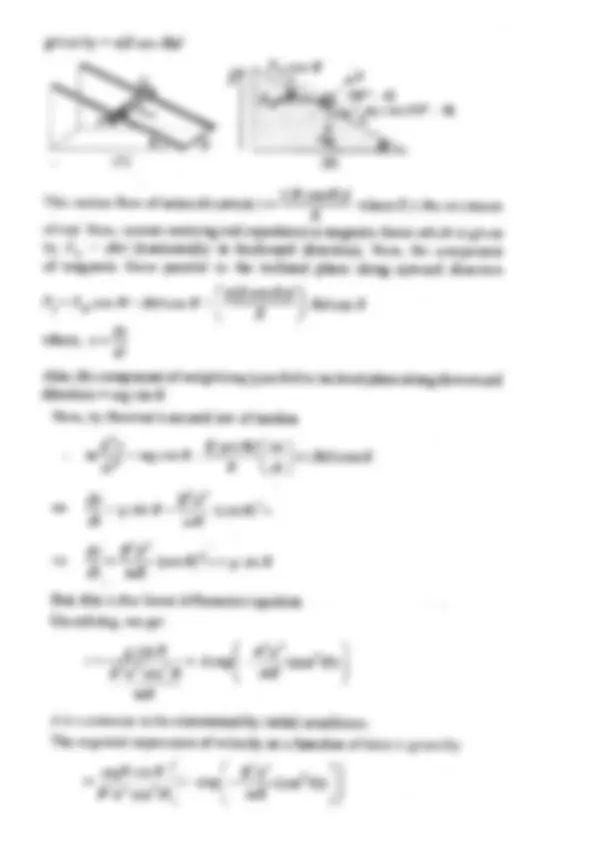
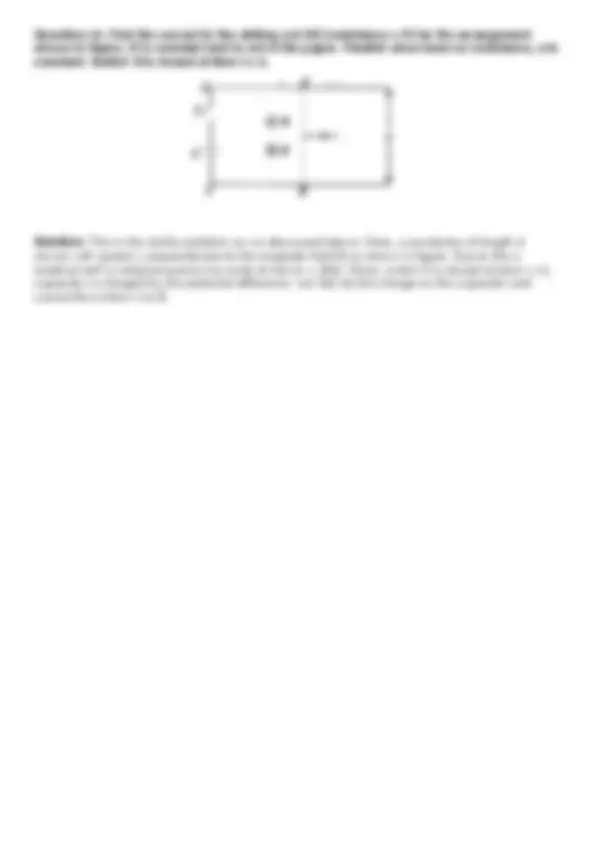
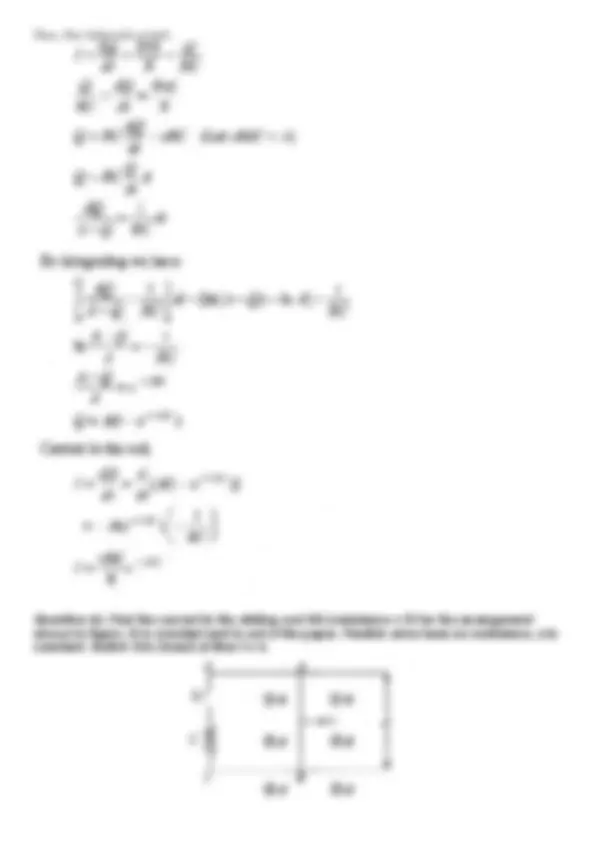

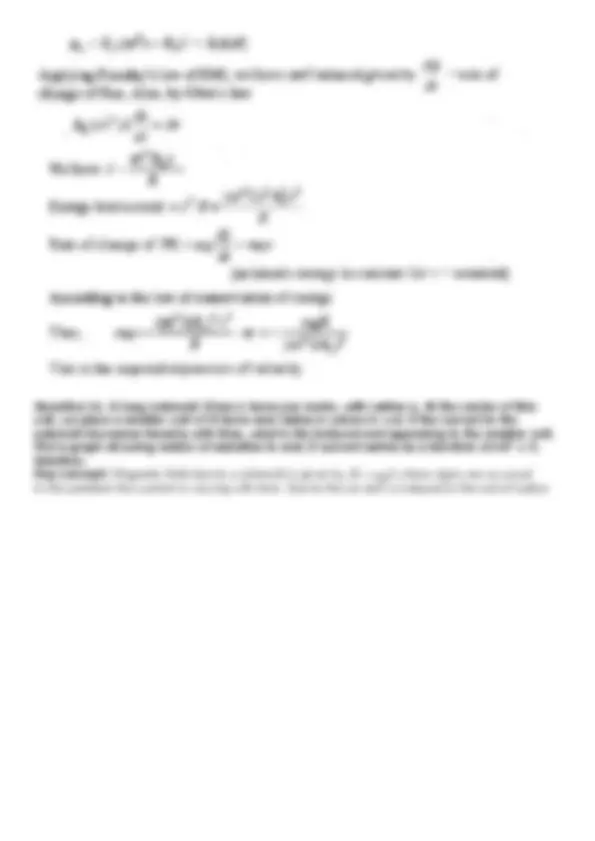
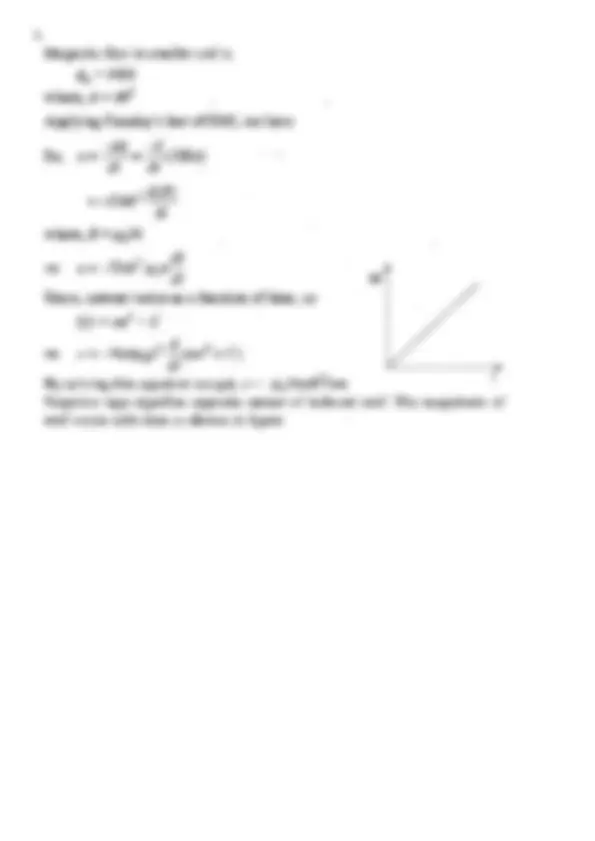


Study with the several resources on Docsity

Earn points by helping other students or get them with a premium plan


Prepare for your exams
Study with the several resources on Docsity

Earn points to download
Earn points by helping other students or get them with a premium plan
Community
Ask the community for help and clear up your study doubts
Discover the best universities in your country according to Docsity users
Free resources
Download our free guides on studying techniques, anxiety management strategies, and thesis advice from Docsity tutors
Electromagnetic induction question and answer with solution is given this pdf
Typology: Study notes
1 / 38

This page cannot be seen from the preview
Don't miss anything!































Multiple Choice Questions (MCQs) Single Correct Answer Type
Question 1.
Solution: (c) Key concept: Magnetic flux is defined as the total number of magnetic lines of force passing normally through an area placed in a magnetic field and is equal to the magnetic flux linked with that area.
Question 2.
Solution:
Question 3. A cylindrical bar magnet is Rotated about its axis. A wire is connected from the axis and is made to touch the cylindrical surface through a contact. Then, (a) a direct current flows in the ammeter A (b) no current flows through the ammeter A (c) an alternating sinusoidal current flows through the ammeter A with a time period 2π /ω (d) a time varying non-sinusoidal current flows through the ammeter A Solution: (b) Key concept: The phenomenon of electromagnetic induction is used in this problem. Whenever the number of magnetic lines of force (magnetic flux) passing through a circuit changes (or a moving conductor cuts the magnetic flux) an emf is produced in the circuit (or emf induces across the ends of the conductor) is called induced emf. The induced emf persists only as long as there is a change or cutting of flux. When cylindrical bar magnet is rotated about its axis, no change in flux linked with the circuit takes place, consequently no emf induces and hence, no current flows through the ammeter A. Hence the ammeter shows no deflection.
Solution: (a) Key concept: In this problem, the Lenz’s law is applicable so let us introduce Lenz’s law first.. Lenz’s law gives the direction of induced emf/induced current. According to this law, the direction of induced emf or current in a circuit is such as to oppose the cause that produces it. This law is based upon law of conservation of energy. When the current in coil B (at t= 0) is counter-clockwise and the coil A is considered above it. The counter clockwise flow of the current in coil B is equivalent to north pole of magnet and magnetic field lines are eliminating upward to coil A. When coil A starts rotating at t = 0, the current in A is constant along clockwise direction by Lenz’s rule.
Question 6. The self inductance L of a solenoid of length l and area of cross-section A, with a fixed number of turns N increases as (a) l and A increase (b) l decreases and A increases (c) l increases and A decreases (d) both l and A decrease Solution: (b) Key concept: The self inductance L of a solenoid depends on various factor like geometry and magnetic permeability of the core material. L = μ μ n Al where, n = N/l (no. of turns per unit length)
One or More Than One Correct Answer Type Question 7. A metal plate is getting heated. It can be because (a) a direct current is passing through the plate (b) it is placed in a time varying magnetic field (c) it is placed in a space varying magnetic field, but does not vary with time (d) a current (either direct or alternating) is passing through the plate Solution: (a, b, c) Key concept: Eddy Current: When a changing magnetic flux is applied to a bulk piece of conducting material, then circulating currents called eddy currents are induced in the material. Because the resistance of the bulk conductor is usually low, eddy currents often have large magnitudes and heat up the conductor. (1) These are circulating currents like eddies in water. (2) Experimental concept is given by Focault, hence also named as “Focault current”. (3) The production of eddy currents in a metallic block leads to the loss of electric energy in the form of heat. (4) By lamination, slotting processes, the resistance path for circulation of eddy current increases, resulting into weakening them and also reducing losses causes by them.
r 0
2
r
r 0
2
A metal plate is getting heated when a DC or AC current is passed through the plate, known as heating effect of current. This current (called eddy current) is induced in the plate when a metal plate is subjected to a time varying magnetic field, i.e., the magnetic flux linked with the plate changes and eddy currents comes into existence which make the plate hot.
Question 8. An emf is produced in a coil, which is not connected to an external voltage source. This can be due to (a) the coil being in a time varying magnetic field (b) the coil moving in a time varying magnetic field (c) the coil moving in a constant magnetic field (d) the coil is stationary in external spatially varying magnetic field, which does not change with time Solution: (a, b, c) Key concept: As we know whenever the number of magnetic lines of force (magnetic flux) passing through a circuit changes, an emf is produced in the circuit called induced emf. The induced emf persists only as long as there is a change or cutting of flux.
In this problem, magnetic flux linked with the isolated coil changes when the coil is placed in the region of a time varying magnetic field, the coil moving in a constant magnetic field or in time varying magnetic field.
Question 9. The mutual inductance M of coil 1 with respect to coil 2 (a) increases when they are brought nearer (b) depends on the current passing through the coils (c) increases when one of them is rotated about an axis
12
(c) the magnetic field has a perpendicular (to the plane of the coil) component whose magnitude is decreasing suitably (d) there is a constant magnetic field in the perpendicular (to the plane of the coil) direction Solution: (b, c) Key concept: As we know whenever the number of magnetic lines of force (magnetic flux) passing through a circuit changes an emf is produced in the circuit called induced emf. The induced emf persists only as long as there is a change or cutting of flux. The induced emf is given by rate of change of magnetic flux linked with the circuit, i.e., e = -dФ/dt According to the problem there is no electromotive force produced in the coil. Then the various arrangement are to be thought of in such a way that the magnetic flux linked with the coil does not change even if the coil is placed and expanded in magnetic field. When circular coil expands radially in a region of magnetic field such that the magnetic field is in the same plane as the circular coil or we can say that direction of magnetic field is perpendicular to the direction of area (increasing) so that their dot product is always zero and hence change in magnetic flux is also zero.
Or The magnetic field has a perpendicular (to the plane of the coil) component whose-magnitude is decreasing suitably in such a way that the dot product of magnetic field and surface area of plane of coil remain constant at every instant.
Very Short Answer Type Questions Question 11. Consider a magnet surrounded by a wire, with an on/off switch S (figure). If the switch is thrown from the off position (open circuit) to the on position (closed circuit), will a current flow in the circuit? Explain.
Solution:
Whenever the number of magnetic lines of force (magnetic flux) passing through a circuit changes an emf is produced in the circuit called induced emf. The induced emf persists only as long as there is a change or cutting of flux. The induced emf is given by rate of change of magnetic flux linked with the circuit i.e, e= – dФ/dt. so flux linked will change when either magnetic field, area or the angle between B and A changes. If the switch is closed, the circuit will complete. But to induce emf in the circuit, we need: (i) a changing magnetic field, but the bar magnet is stationary so it is not possible in this situation. (ii) A changing area, which is also not possible because area is also constant as coil is not expanding or compressed. (iii) Angle between B bar and A bar changes, which is also not possible in this situation because orientation of bar magnet and coil is fixed. Thus, no change in magnetic flux linked with coil occur, hence no electromotive force is induced in the coil and hence no current will flow in the circuit.
Question 12. A wire in the form of a tightly wound solenoid is connected to a DC source, and carries a current. If the coil is stretched so that there are gaps between successive elements of the spiral coil, will the current increase or decrease? Explain. Solution: Key concept: Lenz ‘s Law: This law gives the direction of induced emf/induced current. According to this law, the direction of induced emf or current in a circuit is such as to oppose the cause that produces it. This law is based upon the law of conservation of energy. (1) When AT-pole of a bar magnet moves towards the coil, the flux associated with the loop increases and an emf is induced in it. Since the circuit of loop is closed, induced current also flows in it. (2) Cause of this induced current, is approach of north pole and therefore to oppose the cause, i.e., to repel the approaching north pole, the induced current in loop is in such a direction so that the front face of loop behaves as north pole. Therefore induced current as seen by observer O is in anticlockwise direction (figure).
According to the given situation as the coil is stretched so that there are gaps between successive elements of the spiral coil, i.e., the wires are pulled apart which lead to the flux leak through the gaps. According to Lenz’s law, the emf induced in these spirals must oppose this decrease in magnetic flux, which can be done by an increase in current. So, the current will increase.
Question 13. A solenoid is connected to a battery so that a steady current flows through it. If an iron core is inserted into the solenoid, will the current increase or decrease? Explain.
in the ring in figure.), i.e., opposite direction to that in the solenoid. This makes the same sense of flow of current in the ring (when viewed from the bottom of the ring) and solenoid forming same magnetic pole in front of each other. Hence, they will repel each other and the ring will move upward.
Question 15. Consider a metal ring kept (supported by a cardboard) on the top of a fixed solenoid carrying a current I (see figure of Question 14). The centre of the ring coincides with the axis of the solenoid. If the current in the solenoid is switched off, what will happen to the ring? Solution: This problem is based on Lenz’s law and according to this law, the direction of induced emf or current in a circuit is such as to oppose the cause that produces it.
When the switch is opened, current in the circuit of solenoid stops flowing. Initially there is some magnetic flux linked with the solenoid and now if current in the circuit stops, the magnetic flux falls to zero or we can say that magnetic flux linked through the ring decreases. According to Lenz’s law, this decrease in flux will be opposed and the ring experiences downward force towards the solenoid. This happen because the current i decrease will cause a clockwise current (as seen from the top in the ring in figure) to increase the decreasing flux. This can be done if the direction of induced magnetic field is same as that of solenoid. This makes the opposite sense of flow of current in the ring (when viewed from the bottom of the ring) and solenoid forming opposite magnetic pole in front of each other. Hence, they will -attract each other but as ring is placed at the cardboard it could not be able to move downward.
Question 16. Consider a metallic pipe with ah inner radius of 1 cm. If a cylindrical bar magnet of radius 0.8 cm is dropped through the pipe, it takes more time to come down than it takes for a similar un-magnetised cylindrical iron bar dropped through the metallic pipe. Explain. Solution: Key concept: Lem’s Law. This law gives the direction of induced emf/induced current. According to this law, the direction of induced emf or current in a circuit is such as to oppose the cause that produces it. This law is based upon the law of conservation of energy. Eddy Current. When a changing magnetic flux is applied to a bulk piece of conducting material, then circulating currents called eddy currents are induced in the material. Because the resistance of the bulk conductor is usually low, eddy currents often have large magnitudes and heat up the conductor. When a cylindrical bar magnet is dropped through the metallic pipe flux linked with the cylinder changes and consequently eddy currents are produced in the metallic pipe. According to Lenz’s law, these currents will oppose the motion of the magnet, which is the cause of induction.
Therefore, magnet’s downward acceleration will be less than the acceleration due to gravity g. On the other hand, an un-magnetised iron bar will not produce eddy currents and will fall with acceleration due to gravity g. Thus, the magnet will take more time to come down than it takes for a similar un-magnetised cylindrical iron bar dropped through the metallic pipe, so, magnetised magnet takes more time.
Short Answer Type Questions Question 17. A magnetic field in a certain region is given by B = B cos (ωt) k and a coil of radius a with resistance R is placed in the x-y plane with its centre at the origin in the magnetic field (figure). Find the magnitude and the direction of the current at (a, 0, 0) at
Solution: Key concept:
0
Question 18. Consider a closed loop C in a magnetic field (figure). The flux passing through the loop is defined by choosing a surface whose edge coincides with the loop and using the formula Ф = B dA , B dA …. Now, if we choose two different surfaces S and S having C as their edge, would we get the same answer for flux. Justify your answer.
Solution: We would get the same answer for magnetic flux. Let us discuss its reason in detail. The
1 1 2 2 1 2
Question 20. A (current versus time) graph of the current passing through a solenoid is shown in figure. For which time is the back electromotive force (u) a maximum. If the back emf at t = 3 s is e, find the back emf at t = 7 s, 15 s and 40 s. OA, AB and BC are straight line segments.
Solution: Key concept: Whenever the electric current passing through a coil or circuit changes, the magnetic flux linked with it will also change. As a result of this, in accordance with’Faraday’s laws of electromagnetic induction, an emf is induced in the coil or the circuit which opposes the change that causes this induced emf is called back emf, the current so produced in the coil is called induced current. The induced emf is given by
Solution:
Long Answer Type Questions Question 22. A magnetic field B = B sin (ωt)k covers a large region where a wire AB slides smoothly over two parallel conductors separated by a distance d (figure). The wires are in the x-y plane. The wire AB (of length d) has resistance R and the parallel wires have negligible resistance. If AB is moving with velocity v, what is the current in the circuit. What is the force needed to keep the wire moving at constant velocity?
Solution: Key concept: In this problem the emf induced across AB is motional emf due to its motion, and emf induced by change in magnetic flux linked with the loop change due to change of magnetic field.
0